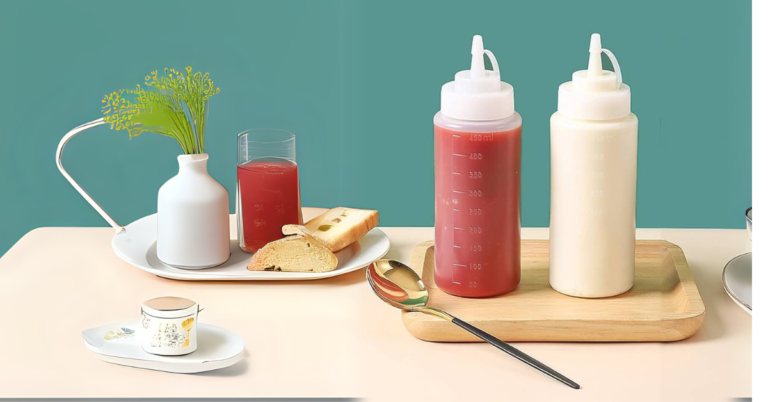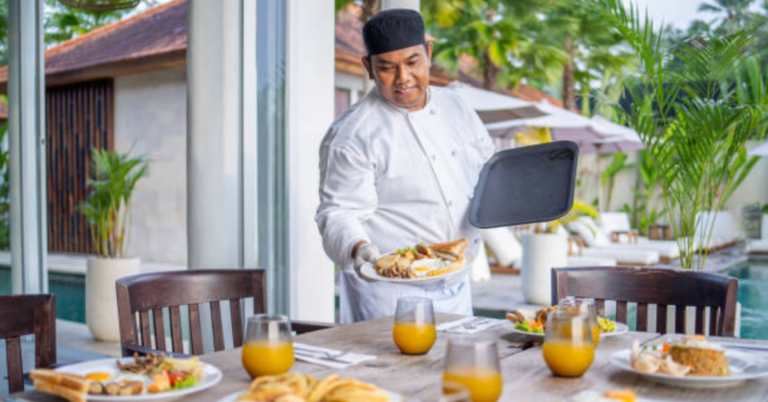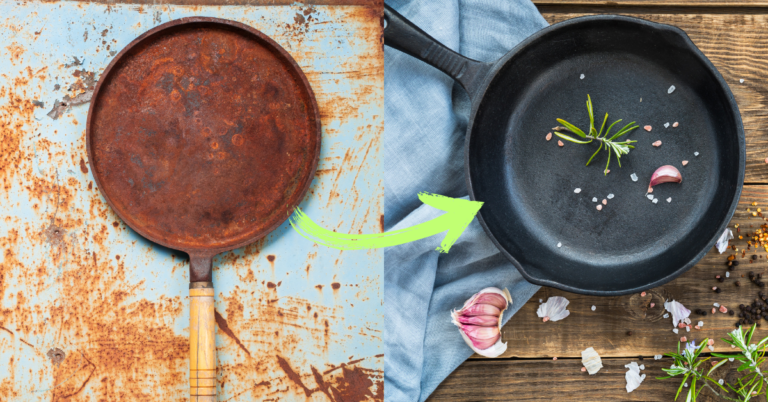Best Kitchen Shoes for Chefs Who Stand & Work All Day
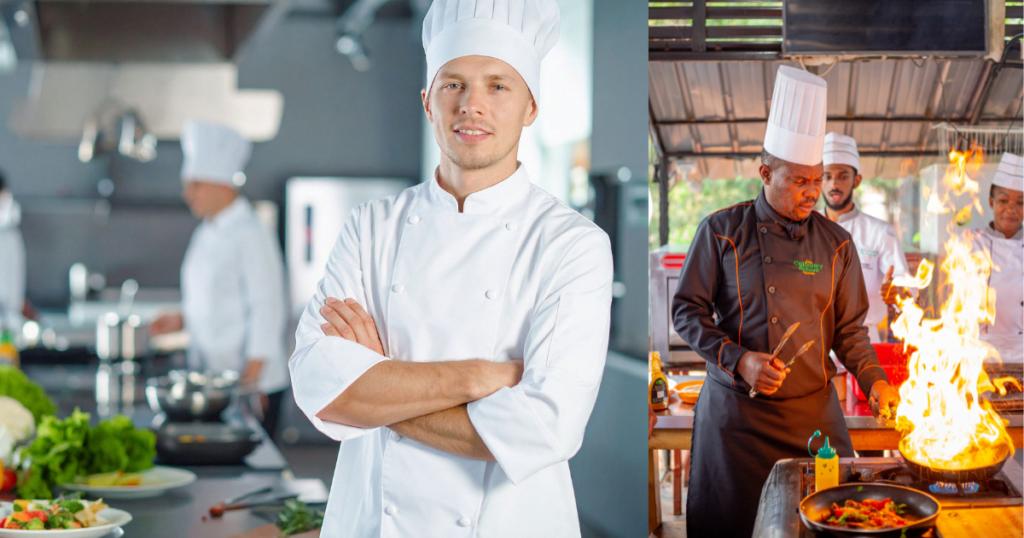
You’ve prepped, cooked, and plated all day. But it’s your shoes that remind you just how long the shift was. Blisters, sore arches, and aching knees are the price of the wrong footwear. Best kitchen shoes for chefs are as crucial as sharp knives and clean jackets.
In this post, we’ll look at what separates good shoes from great ones, review favorites like Dansko clogs and Xtratuf slip-resistant shoes, and show you how to pick footwear that lasts as long as you do.
Why You Need the Right Shoes for Long Hours of Kitchen Work
Cooking for hours is tough on more than just your hands. Chefs spend entire shifts standing, moving fast, and working in hot, slippery environments. They need a proper kitchen uniform, and shoes are the most important part. The wrong shoes make this more complicated, while the right pair protects your health and performance.
Pain and Fatigue Prevention
Long shifts put heavy stress on your feet, knees, and back. Without proper support, that stress builds into pain and long-term problems. Well-cushioned shoes reduce strain, absorb shock, and allow you to move comfortably.
Slip-Resistance and Safety
Kitchens are full of risks, including spilled sauces, wet floors, and greasy surfaces. Non-slip soles keep you steady and prevent falls. This isn’t just comfort; it’s basic kitchen safety.
Hygiene and Breathability
Sweaty feet can lead to unpleasant odors, fungal infections, or skin irritation. Breathable materials improve airflow and reduce these problems. Waterproof designs also make cleanup easier in the event of spills.
Professional Endurance
Good shoes keep you focused on cooking instead of your sore feet. The right fit helps you endure long shifts with less fatigue, greater stability, and improved energy.
Key Features to Look For in the Best Kitchen Shoes for Chefs
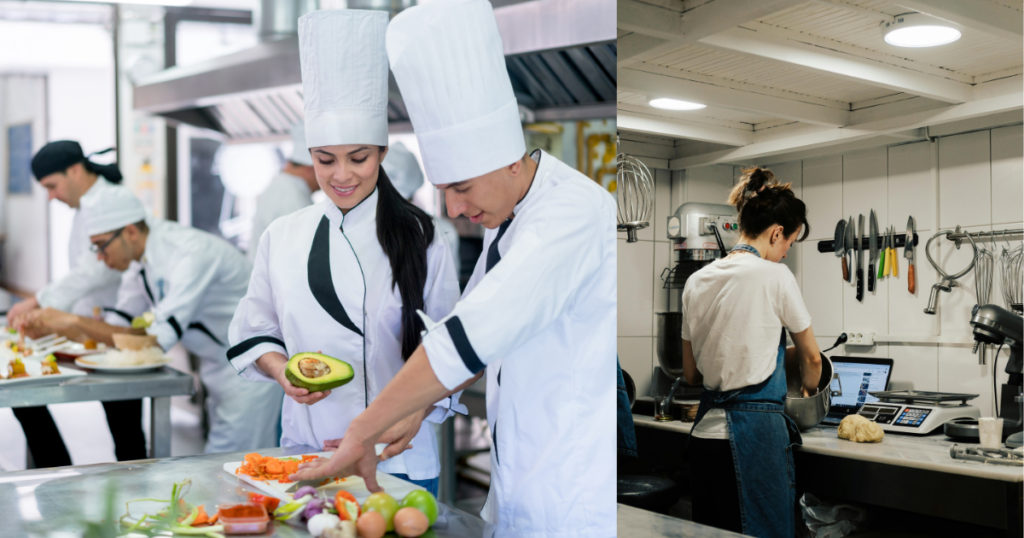
Shoes can make or break your day in the kitchen. A good pair keeps you safe, supports your body, and lasts through even the heaviest use. Here are the features that matter most.
Non-Slip Soles for Safety
You need to be careful in the kitchen. Kitchen floors are rarely dry. Non-slip soles provide a secure grip on grease, water, and food spills, reducing the risk of accidents.
Cushioning and Arch Support
Standing for 12+ hours stresses your feet and back. Proper cushioning and firm arch support prevent heel pain and reduce long-term strain.
Durable, Waterproof Materials
Shoes must withstand spills, heat, and constant cleaning. Waterproof materials resist damage, making wiping down fast and simple.
Fit and Comfort for Long Hours
A kitchen shoe should feel right from day one. Lightweight, stable designs prevent fatigue without needing a break-in period.
Closed-Toe Protection
Accidents happen. A closed-toe build protects you from dropped knives, pans, or heavy ingredients.
Quick Checklist for Chefs
| Feature | Why It Matters |
| Non-slip soles | Prevent slips on greasy floors |
| Cushioning & arch support | Reduce foot, knee, and back pain |
| Durable, waterproof build | Withstand spills and daily cleaning |
| Lightweight, stable fit | Stay comfortable through long shifts |
| Closed-toe design | Protects against falling tools and pans |
Top Recommended Kitchen Shoes for Chefs
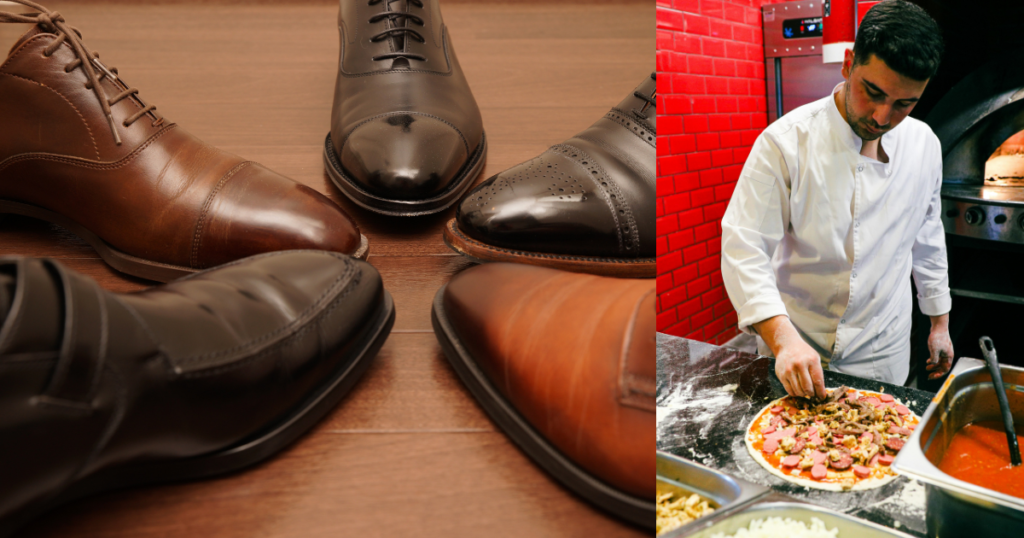
Two brands stand out when it comes to performance in tough kitchens: Dansko Professional Clogs and Xtratuf Clogs. Each addresses different pain points that chefs face during long shifts.
Dansko Professional Clogs: Built for Comfort and Support
- Handles long prep shifts. The contoured arch and cushioned sole reduce heel and back pain even after 12–14 hours on the line.
- Designed for posture. Many chefs report fewer knee and lower back issues because the shoe distributes weight evenly.
- Best fit: If you work primarily at the pass, on prep stations, or in fine-dining kitchens where standing is a constant requirement, Dansko keeps you going.
- Trade-off: The clog is heavier than sneakers and takes time to get used to, but comfort pays off in the long run.
Xtratuf Clogs: Built for Rugged, Wet Kitchens
- Handles messy floors. These clogs are waterproof and oil-resistant, making them ideal for use in seafood kitchens, high-traffic areas, or anywhere spills are a frequent occurrence.
- Durable under pressure. They don’t break down easily, even with constant exposure to water and grease.
- Best fit: If your kitchen environment is unpredictable and safety is your top concern, Xtratuf provides better protection than most shoes.
- Trade-off: Cushioning is limited compared to Dansko, so they’re tougher but less forgiving on joints.
Who Should Choose What?
- Pick Dansko if you deal with long, prep-heavy shifts and need relief from heel, knee, or back strain.
- Pick Xtratuf if your floors are always wet or greasy and you need waterproof toughness that keeps you safe.
Quick Comparison: Dansko vs. Xtratuf
| Feature | Dansko Professional Clogs | Xtratuf Clogs |
| Support | Strong arch and heel support | Moderate support, more rigid |
| Cushioning | Cushioned footbed for long shifts | Less cushioned, focus on durability |
| Slip Resistance | Excellent on standard kitchen floors | Excellent on wet/greasy floors |
| Durability | Long-lasting, but heavier | Extremely tough and waterproof |
| Best For | Comfort, foot health, and long prep work | Wet, spill-heavy kitchens, rugged use |
Care and Maintenance Tips for Chef Shoes
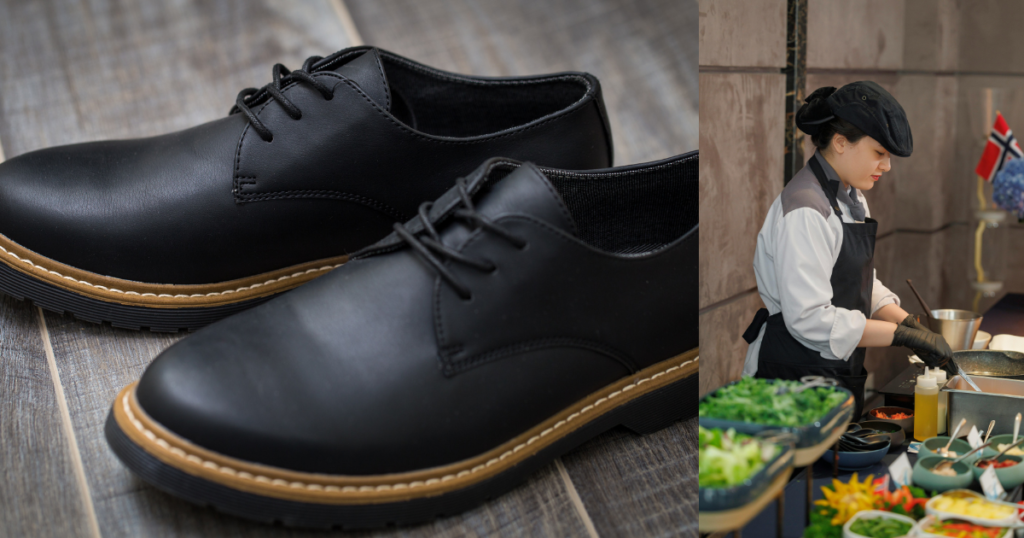
Kitchen shoes take a beating every day, so caring for them helps keep you safe and comfortable for longer. A few simple habits make a big difference.
- Wipe and disinfect daily. Use a damp cloth or sanitizing wipe after each shift to prevent odor and bacterial buildup.
- Rotate pairs if possible. Alternating shoes gives each pair time to air out and recover.
- Replace insoles often. Support wears down faster than the shoe itself. New insoles maintain cushioning and arch stability.
- Know when to retire them. If soles lose grip or support feels flat, replace them before they cause injury.
Good shoes are an investment. Treat them well, and they’ll keep you on your feet shift after shift.
Final Takeaway: The Career Insurance You Wear
Every chef knows one bad slip can change everything. Shoes are your first line of defense against more than spills…they guard your focus, stamina, and health.
Dansko clogs keep your joints supported; Xtratuf clogs thrive in messy, spill-heavy kitchens. Start with one pair that suits your daily grind, and you’ll feel the payoff from day one. Good shoes don’t just carry you…they protect your career.
Explore our detailed reviews of our best kitchen picks to make a choice that backs every step you take behind the line.
You Might Have These Questions About Chef Shoes
Most chefs replace their shoes every 6–12 months, depending on hours worked and kitchen conditions. Worn soles, lost cushioning, or slippery grip are clear signs it’s time for a new pair.
Yes. Kitchens deal with constant spills—waterproof shoes not only keep your feet dry but also prevent bacteria buildup and extend the life of the shoe. They’re essential in wet, high-volume kitchens.
Absolutely. Quality insoles add arch support, absorb shock, and prevent fatigue. Many chefs rotate insoles every 2–3 months to keep their shoes fresh and supportive throughout long shifts.
Yes. Open-toe shoes increase the risk of burns, cuts, and dropped pan injuries. Closed-toe shoes with reinforced uppers protect against falling knives, hot liquids, and heavy cookware accidents.
It depends. Clogs (like Dansko) offer orthopedic support and easy cleaning. Sneaker-style kitchen shoes give flexibility and a lighter weight. The best choice depends on whether you prioritize cushion or mobility.
Daily wipe-downs, moisture-wicking socks, and rotating pairs help. Adding antimicrobial insoles or using baking soda overnight also helps keep shoes fresh, even after double shifts.


